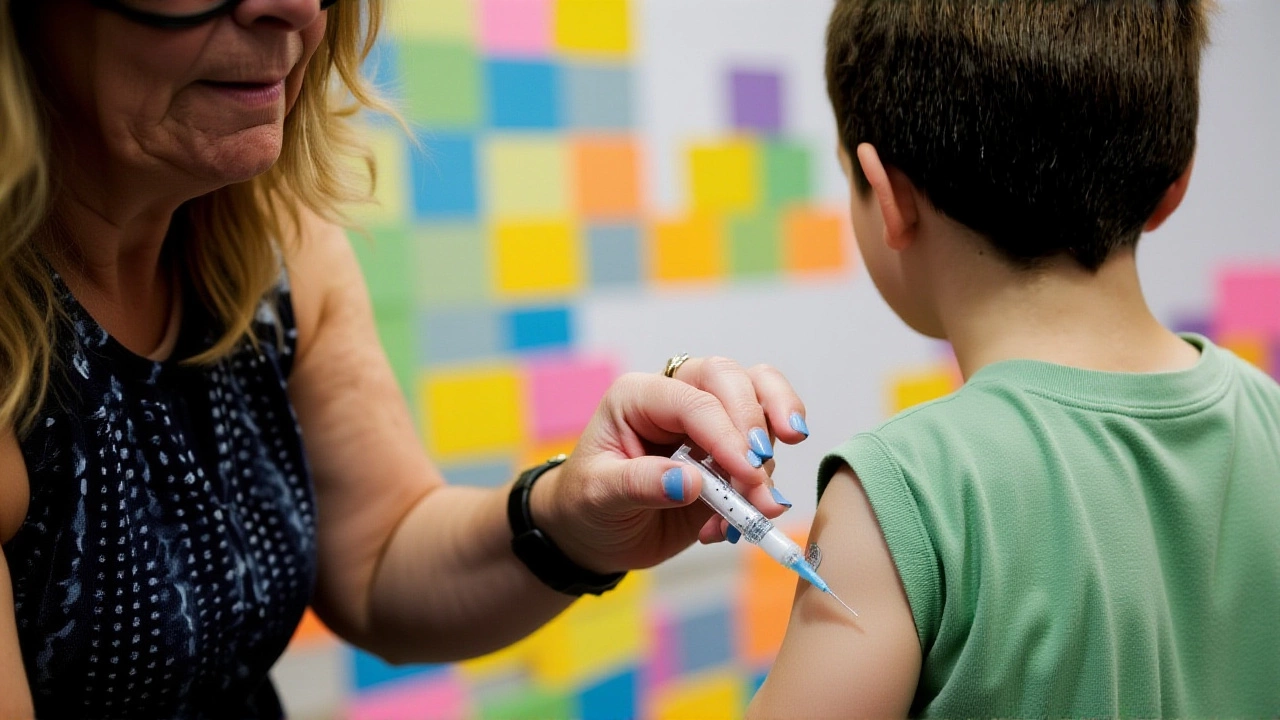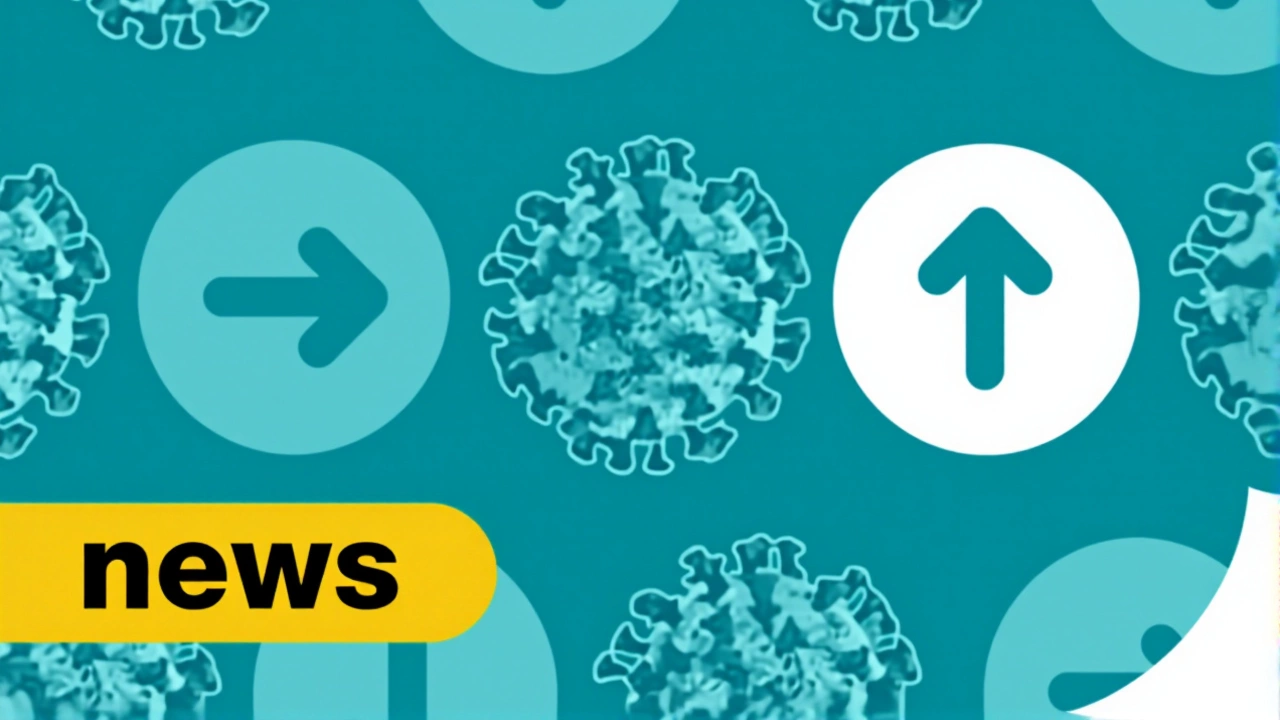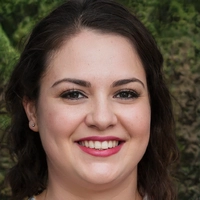When UK Health Security Agency released its latest surveillance bulletin on , the headline was clear: COVID‑19 activity nudged upward, though it stayed on the low‑end of the scale. The data, collected across England for week 38 (Sept 15‑21), also showed influenza and respiratory syncytial virus (RSV) stubbornly holding at baseline levels. Why should anyone care? Because the uptick arrived earlier than most seasonal forecasts, and it comes at a time when free testing has vanished, leaving officials to eyeball only the sickest patients.
What the latest surveillance numbers show
According to the agency’s dashboard, COVID‑19 test positivity rose from 7.6 % at the start of September to 8.4 % by mid‑month. That may sound like a small shift, but the underlying case count tells a different story. In the week of September 10‑17, laboratories logged 1,995 positive results – a 14.3 % jump from the prior week. Hospital admissions followed suit: August saw 1,162 COVID‑19 patients admitted, up 15.6 % from July’s 1,003 admissions. By contrast, influenza’s weekly positivity hovered around 0.3 % and RSV stayed below 0.2 %, both well within the low‑activity baseline that has characterized the 2025‑2026 surveillance season.
Why the rise matters this autumn
"We’re seeing an uptick that’s unusual for early September," said Dr Sara Mahmood, senior epidemiologist at UK Health Security Agency. The concern isn’t just about raw numbers; it’s about momentum. Historically, England’s COVID‑19 wave peaks in December‑January, giving the health system a few months to brace. An early rise compresses that preparation window and could stress hospitals just as they switch focus to the flu season.
Adding to the worry is the fact that most community testing stopped in March 2025 when the government scrapped the free mass‑testing programme. "Our surveillance now depends heavily on hospital data and sentinel labs," Dr Mahmood added. "That means we’re likely missing a large chunk of mild or asymptomatic infections, especially among younger adults who no longer get tested on a routine basis."
Challenges in tracking infections
The agency’s own figures acknowledge a growing blind spot. Since the end of free testing, the official case count captures only those who end up in a hospital or urgent‑care setting. As a result, the true community prevalence could be two‑to‑three times higher, according to modelling groups. This uncertainty hampers everything from vaccine‑rollout decisions to the timing of public‑health advisories.
To offset the data gap, the UKHSA leans on a patchwork of sources: genomic sequencing from the COVID‑19 Genomics UK Consortium, syndromic surveillance via GP reports, and wastewater sampling in major cities. Internationally, the agency remains linked to the World Health Organization and the Global Initiative on Sharing All Influenza Data (GISAID) for variant tracking, ensuring the UK isn’t operating in a vacuum.

How the UKHSA is responding
In light of the early rise, the agency has taken three concrete steps:
- Boosted sentinel testing: A voluntary network of NHS trusts now reports daily admissions linked to COVID‑19, providing a more granular view of regional spikes.
- Enhanced public messaging: Starting October 10, the UKHSA will issue weekly briefings aimed at workplaces and schools, highlighting the importance of vaccination and reminding citizens to self‑isolate when symptomatic.
- Accelerated vaccine outreach: The autumn‑boost campaign, originally slated for November, will roll out in early October in the five regions with the highest admission rates – London, the South East, the North West, the Midlands, and Yorkshire.
These measures are designed to catch the virus before it gains a foothold in the winter months, when both COVID‑19 and flu historically surge.
Looking ahead: what to expect this winter
Experts warn that the current low‑level activity could be a prelude to a broader wave if mitigation steps falter. Dr Mahmood notes that the circulating lineage appears to be a sub‑variant of BA.2.75, which so far shows modest immune escape. "If the sub‑variant gains a transmission edge, we could see a modest but sustained increase in hospitalisations," she said.
Meanwhile, influenza surveillance remains reassuringly quiet. The last full‑season comparison (2022‑2023) recorded a peak positivity of 6.2 % in December; this year’s figures are still under 0.5 % as of late September. Still, the agency cautions that low flu activity now doesn’t guarantee a calm winter – antigenic drift can spark sudden spikes.
All eyes will be on the next data release scheduled for the second Thursday of October, when the UKHSA will publish updated COVID‑19 hospital admission numbers and any changes in variant prevalence. If the upward trend continues, officials may consider reinstating targeted testing in high‑risk settings, a move that would mark the first reversal of the March policy.
Frequently Asked Questions
How does the rise in COVID‑19 cases affect hospital capacity?
Hospitals have reported a 12 % increase in COVID‑19 admissions compared with August, stretching intensive‑care beds in several trusts. While the absolute numbers remain lower than the 2020 peak, the early timing means staff have less time to prepare for the winter surge.
Why are official case numbers likely an under‑estimate?
Since free community testing ended in March 2025, only people who seek care in hospitals or urgent clinics get a PCR test recorded. Modelling suggests that for every reported case, two to three undetected infections circulate in the community.
What role does the World Health Organization play in the UK’s surveillance?
The WHO provides standardized reporting templates and shares global variant data through platforms like GISAID. This partnership helps the UKHSA compare domestic trends with international patterns and adjust its response accordingly.
Should the public get a flu shot this year?
Yes. Even though flu activity is low, vaccination remains the most effective way to prevent a dual‑virus winter. Health officials recommend the quadrivalent flu vaccine for everyone over six months old.
What is the UKHSA’s plan if cases keep rising?
The agency has sign‑posted a contingency that could include targeted testing in schools and workplaces, a temporary lift on mask guidance in public transport, and accelerated booster campaigns for vulnerable groups.

